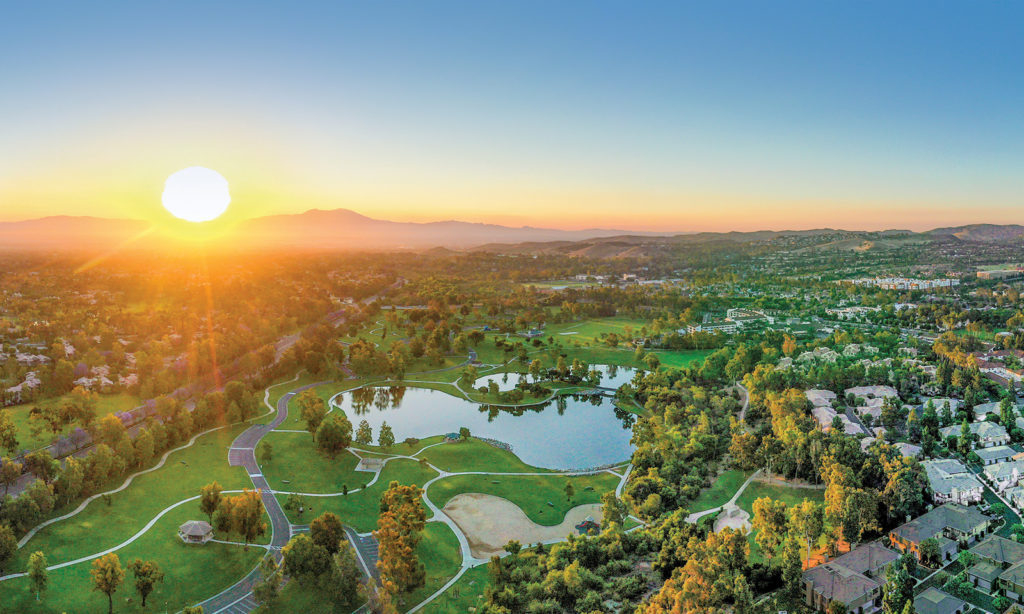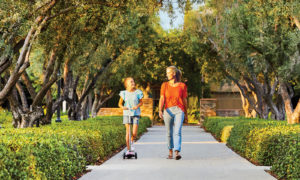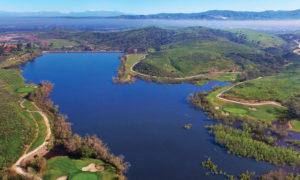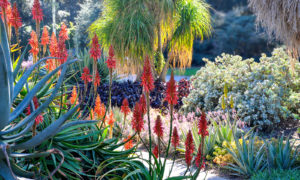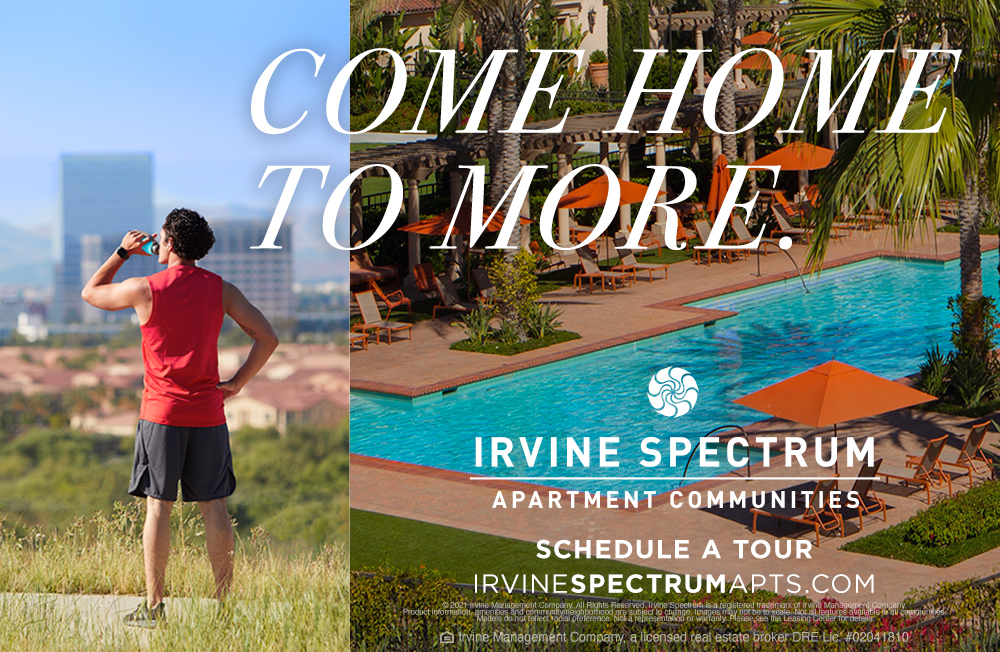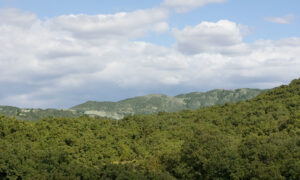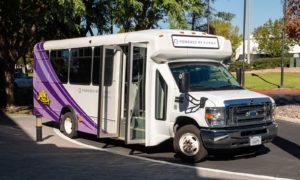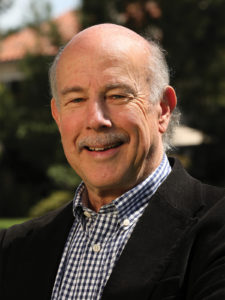
Nature was on the minds of Irvine Company planners as far back as 1959. Though “environmental sustainability” is widely recognized today, it was largely unknown then. In Irvine, these green concepts would be pioneered on a large scale for the first time.
On the practical side, planners worked with natural features instead of bulldozing them.
Wetlands and hillsides determined logical places for houses, streets and parks.
Planner William Pereira’s initial report for Irvine Company decided that the natural channel that carries water from the San Joaquin Hills and its basin should be retained as a “greenbelt” – a term so new then it had to be defined.
Today, this is Mason Regional Park, with its habitat for birds, animals – and people. The guidelines reserved land “for pedestrian activities and for landscaped areas where children may play in safety; where one may enjoy the feeling of space without sacrificing the economies of land use inherent in higher density development.”
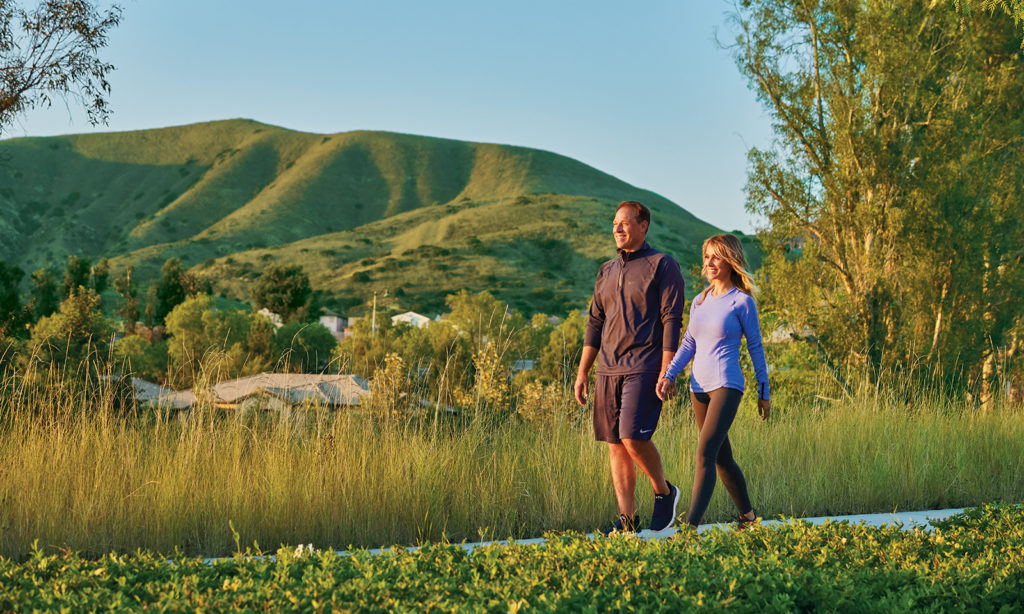
The reason? “Fundamentally it offers relief from the confinement of pavement, automobiles and noise of the city.”
Aesthetics shaped the plan too. The Irvine Ranch’s “special physical characteristics of an unusual and aesthetic quality … are extremely desirable because of their great natural beauty, (and) outstanding views,” Pereira wrote.
Taking cues from nature, planners rejected suburbia’s typical street grid. Streets in Turtle Rock (and more recently Orchard Hills) curved with the “broad terraces rising up the slope in undulating bands following the natural topography, each rising just far enough above the lower ones to permit views over them into the town center and beyond.”
Though no one talked about “green environments” then, the value of ecological balance was dawning on the public. Aware of these trends, Irvine’s planners mapped out a city responding to nature, and one that could continue to respond to the latest science and needs of the community in the future.
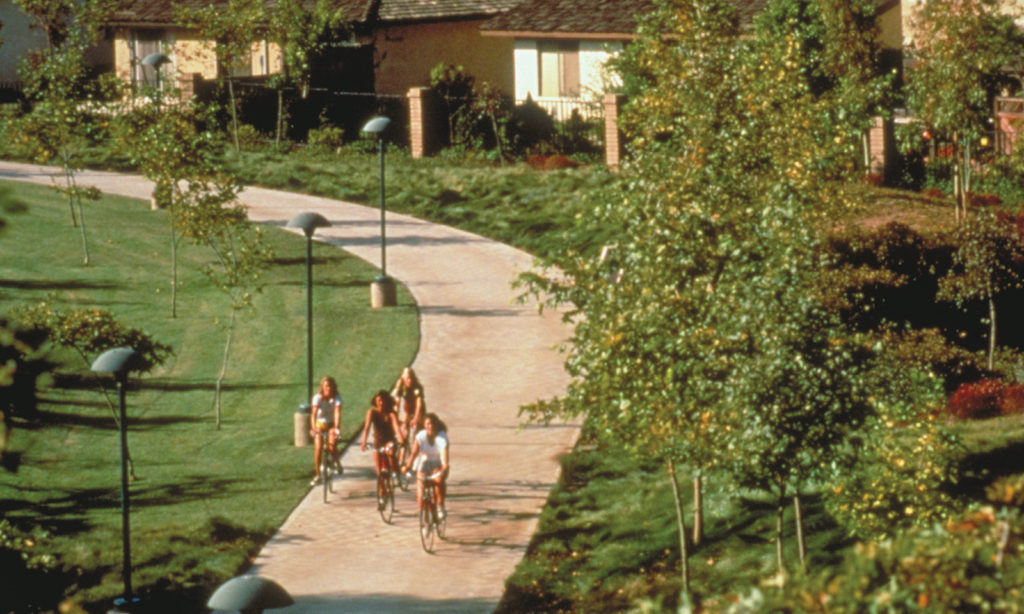
For example, as environmental scientists came to better understand the need to preserve large swaths of open space to protect wildlife and habitat, Irvine Company increased the open space preservation originally called for on The Irvine Ranch from 11% to 60%, ensuring that 90 square miles of natural open space will be a permanent part of the Irvine community.
By recognizing green principles from the beginning, Irvine has become a model for a sustainable future.
Irvine resident Alan Hess has authored 20 books on architecture and community planning and is researching another on the Irvine Master Plan. He is an architect, a commissioner on the California State Historical Resources Commission, and was a National Arts Journalism Program Fellow at Columbia University’s School of Journalism.

